First-half reporting from Sweden’s national pensions buffer funds has kicked off with AP1 proclaiming a 5.0% return, but revealing a huge hit to the value of its infrastructure investments.
The Stockholm-based state-owned investment institution said its equity investments, which make up nearly two-thirds of the overall portfolio, had generated an 11.1% return between January and June.
AP1 said global equity markets had rallied during the six-month period first, while valuations of unlisted assets had stabilised.
Kristin Magnusson Bernard, AP1’s chief executive officer, said: “Positive contributions in the first half of 2024 came from listed equities, while the returns from unlisted assets such as real estate, private equity investments and infrastructure assets stabilised.”
She said the fund’s asset management teams had worked “intensively and dynamically to adapt investments in both specific companies and in overall allocations to global fixed-income, currencies and listed equities, to create value in this positive, but also uncharted market environment that we have operated in”.
Figures in AP1’s interim report published yesterday, show the fund’s infrastructure investments sustained a 20.1% loss in the first half – a decline that follows a -10.2% return on the asset class for the buffer fund in the 2023 full year.
Asked to comment on the infrastructure result, a spokeswoman for AP1 told IPE: “ It is correct that the return for infrastructure is -20%. However, it is important to note that the holding constitutes a very small part of our total portfolio – 1.36%.”
She added: “Infrastructure investments require a long-term horizon, and are therefore suitable for pension funds to invest in, but they are also often impacted by political decisions and regulations, which entail risk.”
In its 2023 annual report, AP1 said that most of its continued build-up of infrastructure exposure was taking place through Polhem Infrastructure – the joint venture infrastructure investment firm set up by AP1, AP3 and AP4 in 2019.
The buffer fund’s infrastructure exposure has declined since the end of 2022 from SEK8.1bn (€703m) to SEK6.5bn at the end of June this year.
As a percentage of the portfolio, the exposure has shrunk from 1.9% of the portfolio to 1.36% over that 18-month period.
The fund’s infrastructure exposure is smaller than that of its peers, with fellow Stockholm-based buffer funds AP3 and AP4 having weightings to the asset class of 4.3% and 4.8%, respectively, according to data from the end of 2023 and June 2023.
Gothenburg-based AP2, meanwhile, reported a 2.1% exposure to sustainable infrastructure at the end of 2023.
During the course of last year, AP1 discussed several potential infrastructure investments, according to its 2023 report.
“But we can confirm that expectations between seller and buyer continue to diverge, which is resulting in silence as far as transaction activity is concerned,” it said at the time.
AP1’s total assets expanded to SEK476.2bn by the end of June, from SEK454.4bn at the end of December, according to its interim report.
The Stockholm-based AP funds are currently in a particular state of uncertainty regarding their futures, due to an ongoing reform process in Sweden which is set to reduce their number from three to two, mainly to cut costs. Which fund will go has yet to be decided.
AP2, AP3 and AP4 are due to report their first-half results at the end of August.






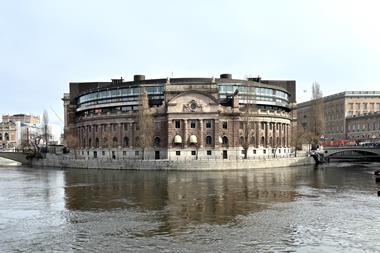
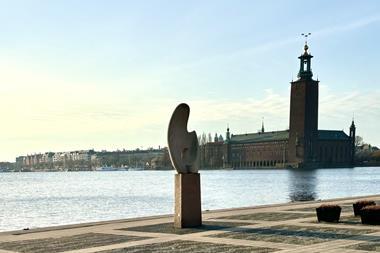


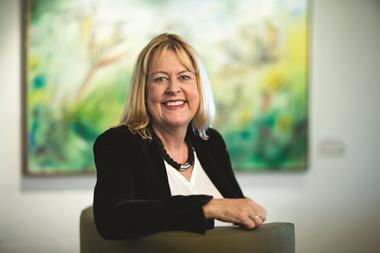





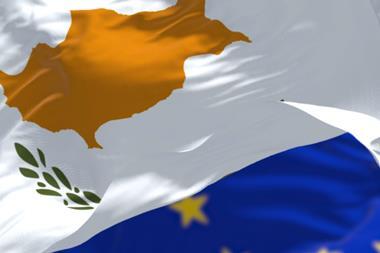
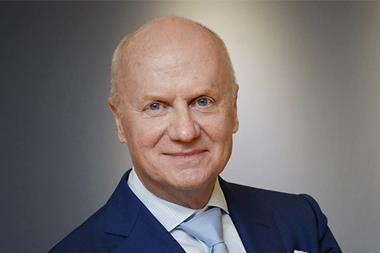











No comments yet